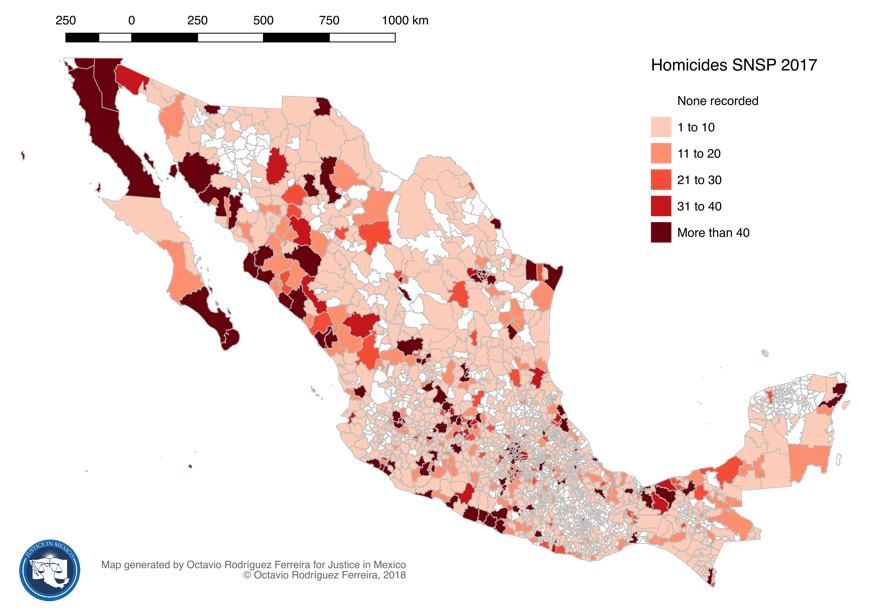
The murder rate in Mexico increased so dramatically between 2005 and 2015 that it partially offset expected gains in life expectancy among men there, according to a new study by a UCLA public health researcher.
“It’s common to see news reports about the toll that drug- and gang-related murders are taking in Mexico,” said Hiram Beltrán-Sánchez, co-author of the study and associate professor of community health sciences at the UCLA Fielding School of Public Health. “This study confirms that homicide is so widespread that even when considering all causes of death, it stands out as a factor in slowing growth in men’s life expectancy.”
Using cause-of-death data from the Mexican Institute of Statistics, the researchers found that life expectancy for men at age 15 increased by more than a year from 57.08 years in 1995 to 58.25 years in 2005. But from 2005 to 2015, they found, life expectancy only increased by about a half a year, from 58.25 years to 58.80 years.
According to the study, the slower growth in life expectancy for the more recent decade was mainly due to an increase in homicides and deaths from heart disease. The researchers found that the homicide rate for men in 2015 was 31.2 per 100,000 people, up from 20.4 per 100,000 in 2005 — an increase of 53 percent. The death rate from heart disease among men was 77.4 per 100,000 people in 2015, up from 68.6 per 100,000 in 2005 — an increase of 13 percent. (Those death rate statistics weren’t reported in the paper but were part of an analysis conducted by the researchers based on data from the Mexican Population Council and National Institute of Statistics.)
Meanwhile, average life expectancy for Mexican women at age 15 during each of the two decades increased by about a half year, from 62.75 to 63.33 from 1995 to 2005, and 63.33 to 63.90 from 2005 to 2015. The main causes for death for women during those years were traffic accidents and factors related to diabetes.
Certain states in Mexico experienced especially staggering homicide rates, the paper noted. In 2010 and 2011, for example, 8,943 men aged 15 to 50 in Chihuahua, a state in northwestern Mexico, were murdered — three times the number of deaths among U.S. troops in in Iraq from 2003 and 2006, when 2,706 military members were killed.
The study might actually underestimate the country’s homicide rate because many murders may be unreported or are attributed to other causes of death, Beltrán-Sánchez said. He added that with data about factors that led to the homicides, future research could explore how many of the homicides are directly related to drug or gang violence.
Beltrán-Sánchez co-authored the study with José Manuel Aburto, a doctoral fellow at the University of Southern Denmark and the Max Planck Institute for Demographic Research in Germany. The research will be published in the March issue of the American Journal of Public Health.

